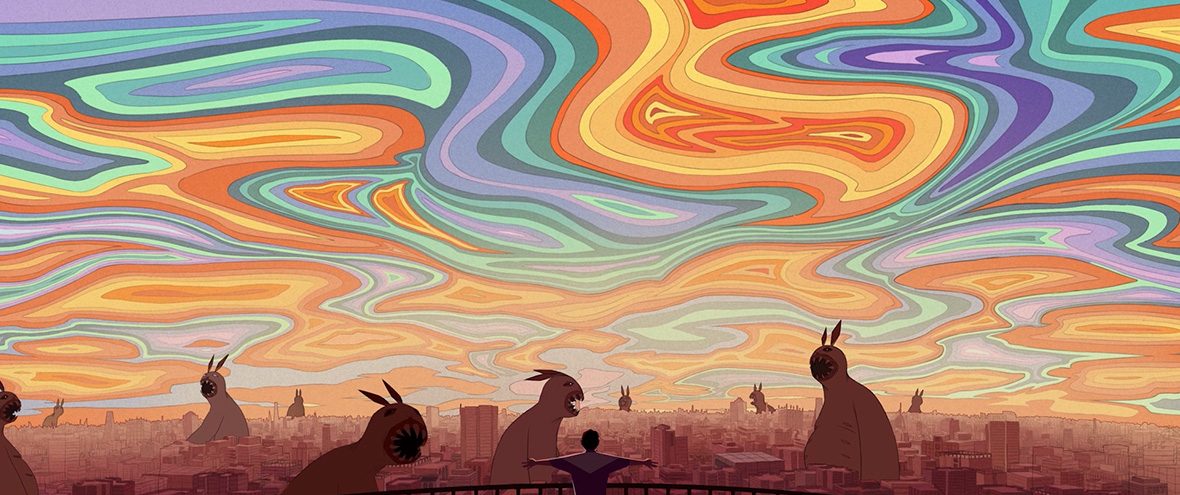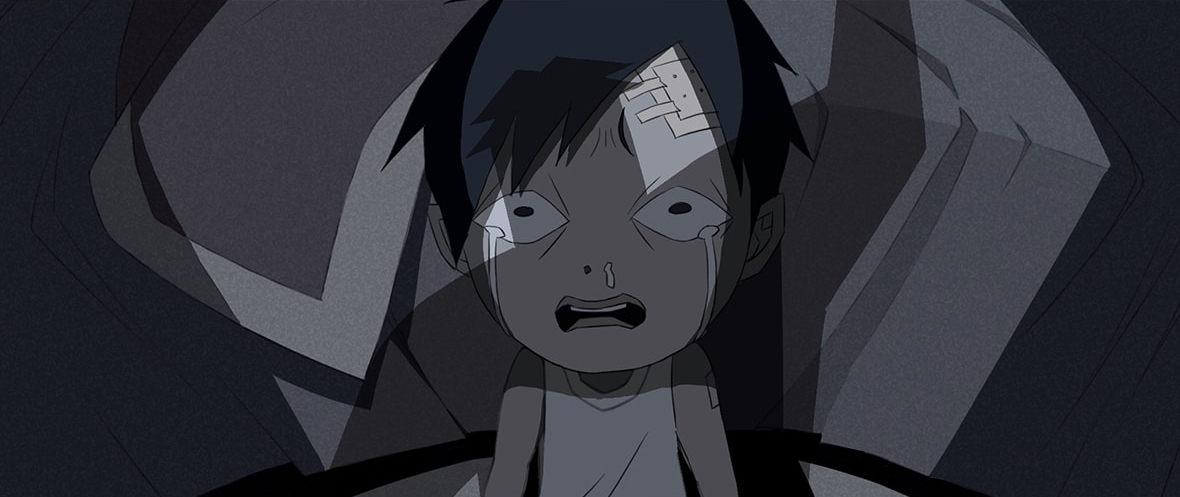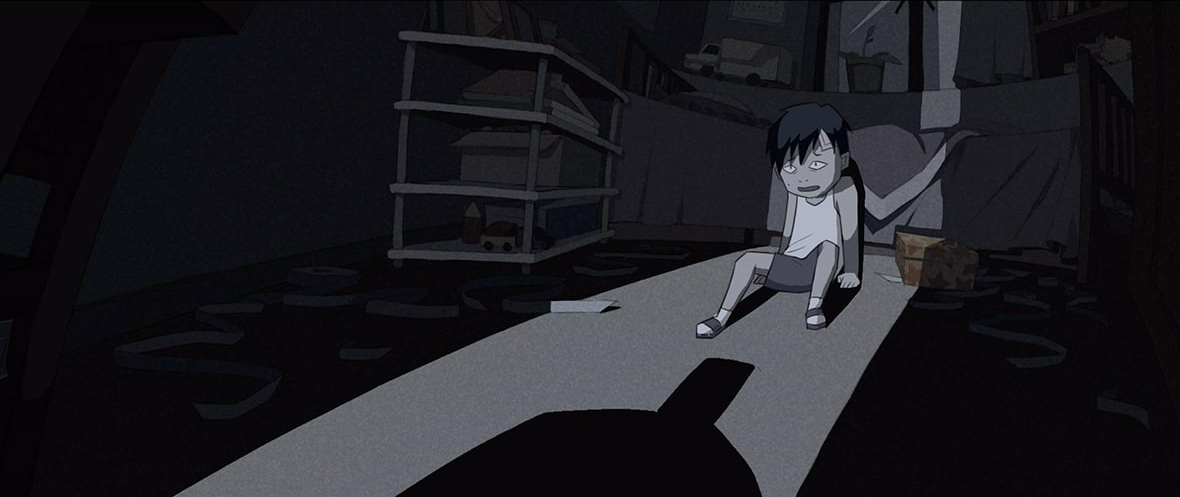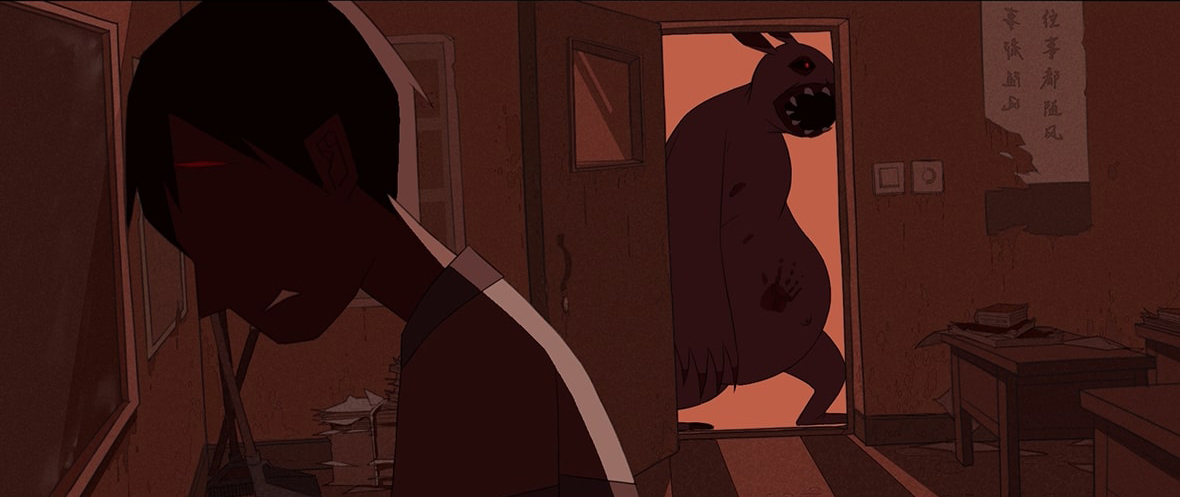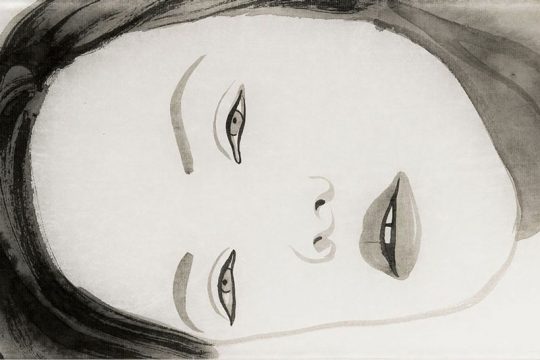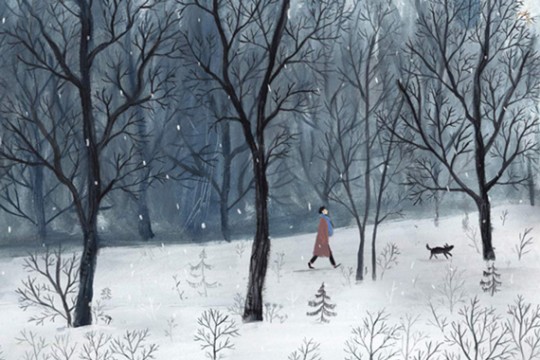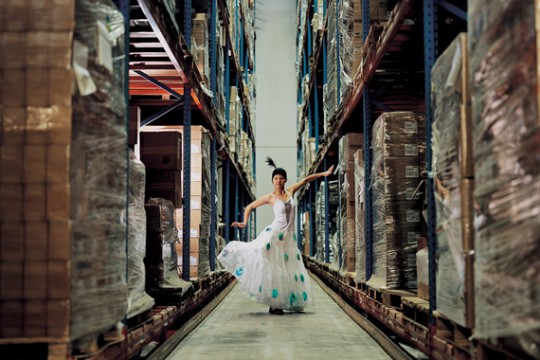无法观看?前往哔哩哔哩
Tuzi is an animated short that’s anything but joyful. Through scathing sarcasm and dark undertones, the seven-minute-long film examines the issue of domestic violence.
The film is a graduation project created by Han Yeming, Tang Ruofan, and Chen Siyue, three students of the China Academy of Art. Their story was originally planned to be a cathartic tale about a child escaping his abusive upbringing. However, as the script developed, the story took a different direction. The completed script still features a child raised in a violent home, but there isn’t exactly a feel-good resolution—the protagonist instead grows up to become someone that’s not unlike the father who he so despised, a person who terrorizes others.
“Not every child who grew up in these types of environments is rescued,” says director Han Yeming. “And not all wounds can be healed.”
这部短片,看起来并不怎么愉快。讽刺、黑暗,豁出命的冲突中,暗藏着背后的“家暴”主题。
《兔子》是一部毕设作品,制作者有三个人,负责剧本美术的韩叶铭,负责表演和动画的唐若凡和陈思月,都是中国美术学院同届同班的同学。原先的剧本是一个在破碎家庭中的孩子得到拯救治愈的故事,但最终呈现的却不是这样。一个在暴力家庭中长大的孩子,没有正确的渠道疏通,他最终也变成了和自己鄙视的父亲一样的人。
“其实我们发现不是所有的孩子都能在这种环境下得到帮助,也不是所有的伤痛都能得到治愈。”主创之一韩叶铭说。
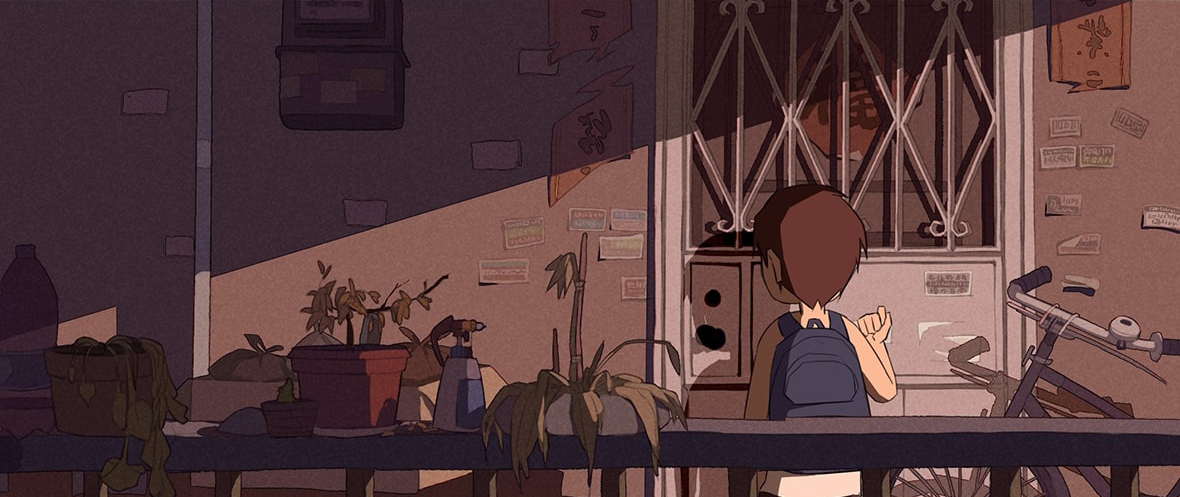
The use of a rabbit as a symbolic device wasn’t originally planned, but once the idea came about, it felt like a perfect embodiment of innocence, and its mutation into a blood-thirsty monster, in turn, depicts the corruption of innocence that can result from growing up in a violent environment.
整部短片的制作周期大约有一年,而“兔子”这个意象则是在偶然中被挖掘出来的,几个团队成员觉得,用变异的兔子怪物来比喻原本纯真、但是在暴力影响下逐渐扭曲的孩子,再好不过。
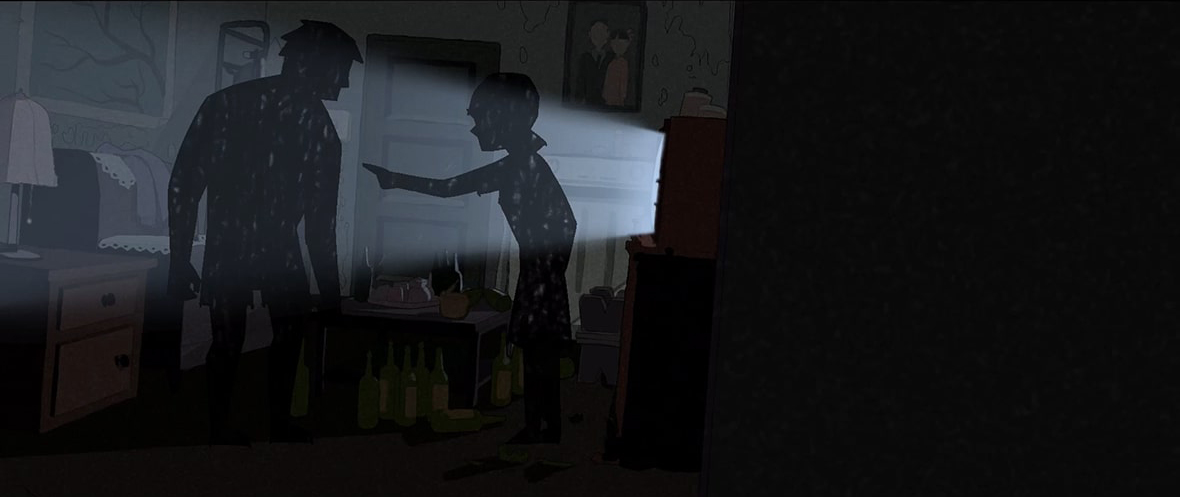
The short’s ending is purposefully ambiguous. The protagonist, having been subject to abuse for much of his life, seems to want to wreak vengeance on society. But in the final scene, when he sees himself as a monster in the mirror, he seems surprised. The film concludes with the monster alone in frame smashing its reflection in the mirror.
Is he vowing to conquer the monster within? Or does he accept the monster as his true self?
“There isn’t a clear conclusion to Tuzi; you could say it was all a dream, an epilogue, or part of an unending cycle,” says Han. “The true ending of Tuzi is whatever the viewer wants it to be. Our goal is to invite the audience to think, and for their interpretation to contribute to the completion of this work.”
但故事怎么说,取决于观众怎么看。有时候,受到伤害的人会把伤害别人当做理所当然,从而陷入被伤害与伤害的恶性循环中去。但影片提供了另一种解读的可能:如果主人公最后发现了自己恐怖的样子,并想要毁坏镜中的自己,那么《兔子》就是一个人想要得到救赎的故事。
他是否要征服内心潜藏的怪物?还是接受怪物就是真实邪恶的自我?
“《兔子》其实没有一个绝对的结局,你可以说它是一场梦,一个终结,也可以是一个周而复始的循环。”韩叶铭说,“你心中的结局就是《兔子》真正的结局,我们的目的是引起观众的思考,和观众一起完成这个作品。”
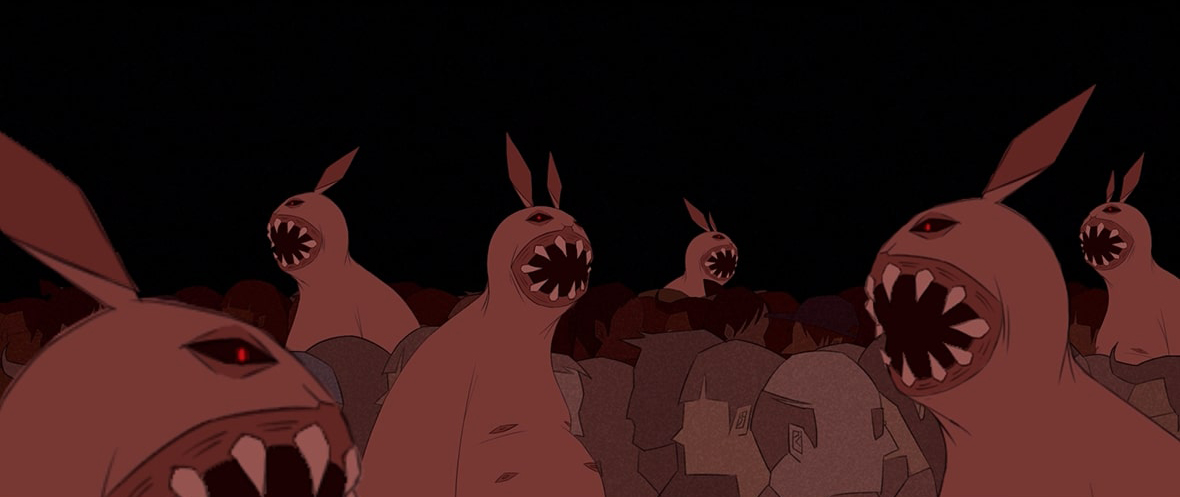
Han and his team believe that animation shouldn’t only be about presenting beautiful things; it also has a responsibility to present the unpleasant parts of life. “We want to show people the reality of things,” says Han. “And also prove that animation isn’t just for kids. It can be darker fairytales meant for adult audiences.”
Tuzi was selected as a Design Mark winner in this year’s Golden Pin Design Award. Learn more about this year’s winners here.
